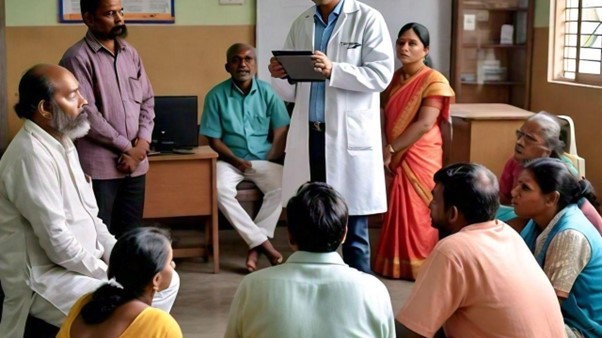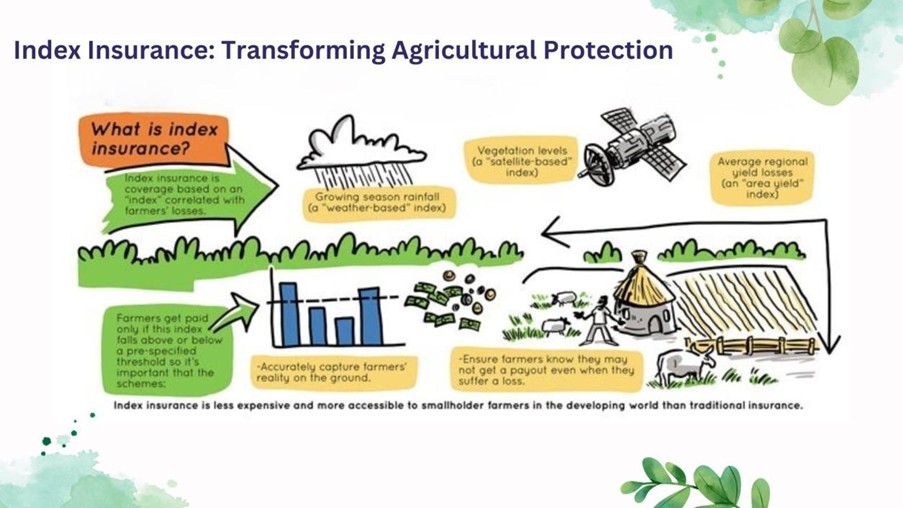
In today’s fast-paced digital world, technology is changing how we live and work, and the insurance industry is no exception. Traditional insurance has often struggled to reach people with limited financial resources, leaving many without the protection they need. However, with the rise of digital health technology, a new era of microinsurance is emerging—one that is more affordable, accessible, and tailored to meet the needs of underserved communities.
The Impact of Digital Health Apps on Insurance
Digital health apps are becoming essential tools in transforming microinsurance.
By using artificial intelligence (AI), big data, and mobile technology, these
apps are changing how insurance policies are created, priced, and delivered.
They are helping to make insurance more accessible and affordable, particularly
for those who have been left out of traditional insurance models.
One of the most exciting developments is telematics-based health insurance. This
approach uses wearable devices, smartphone apps, and other digital tools to
track realtime health data like physical activity and sleep patterns. By
analysing this data, insurers can offer personalized policies with premiums that
reflect individual lifestyles. For example, someone who exercises regularly
might receive a discount on their premium. This not only encourages healthier
living but also helps insurers manage risks more effectively, reducing costs for
everyone.
Simplifying Claims with Parametric Insurance
Another innovative model is parametric insurance, which is changing how claims are processed. Unlike traditional insurance, where claims can be complicated and slow, parametric insurance uses predefined conditions, like the number of days spent in the hospital, to trigger automatic payouts. This means that policyholders receive financial support quickly, without the need for extensive paperwork. For those in the microsegment, where timely access to funds is crucial, this can make a significant difference.
The Role of AI and Big Data in Microinsurance
AI and big data are at the heart of these innovations. By analysing large amounts of health data, AI can identify patterns, predict risks, and create personalized insurance offerings that match each person’s needs. This approach leads to more accurate pricing, better risk management, and improved customer experiences. Additionally, the data collected through digital health apps can help users take proactive steps to improve their health, potentially reducing future health issues.
Making Insurance More Accessible and Affordable
One of the biggest benefits of digital health technology in microinsurance is
its potential to expand access to insurance for people who have been
underserved. By lowering costs and simplifying processes, insurers can reach
more people with products that are both affordable and easy to understand.
This isn’t just about providing financial protection; it’s about empowering
individuals and communities to take control of their health and financial
well-being. With the right tools and support, microinsurance can become a viable
option for millions of people who need it the most.
The Future of Microinsurance
As technology continues to evolve, the possibilities for microinsurance are
endless. From AI-powered policy creation to simplified claims processing, the
industry is on the brink of a revolution that will change how insurance is
offered and experienced.
For insurers, the challenge is to embrace these innovations and create products
that truly meet the needs of the underserved. For those in need, this new era of
digital health technology offers not just protection, but also the chance to
lead healthier, more secure lives.
In conclusion, the integration of digital health apps, AI, and big data into the
microinsurance space is a major step forward. By using technology to make
insurance more inclusive, affordable, and personalized, we can ensure that
everyone has the protection they need to thrive in today’s world.















